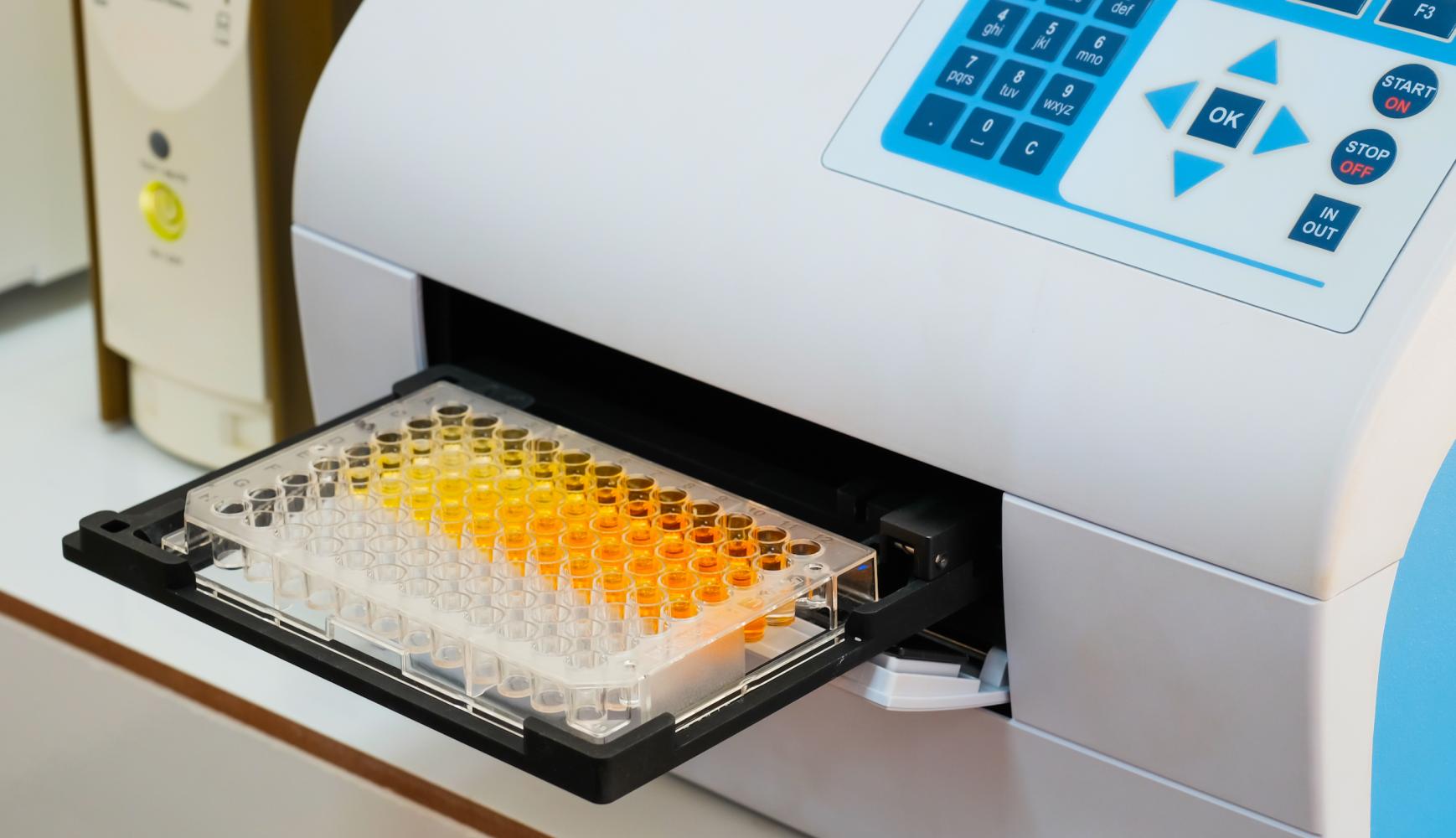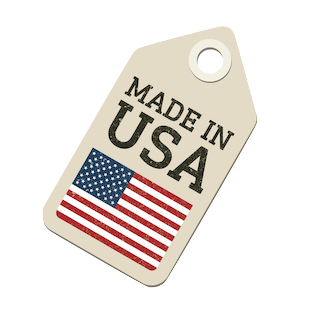
In this project we designed and implemented a control chart service for bioassay stability tracking. These charts became an invaluable everyday tool for screeners to evaluate assay performance across multiple runs.
Assay Drift Alerts
When assay results are uploaded to the existing registration system for use by the rest of the R&D organization, stability controls must be compared across runs. Results obtained over a period of several weeks or months may use a different lot of the control compound, be run by different lab personnel, and also be affected by other changes in the lab environment. The differences may not be very obvious until standards are plotted on a control chart. Hopefully the standard shows a clean horizontal line indicating no changes. In practice however two other scenarios are seen: an abrupt change for a time then back to "the usual" when for example a different (substitute) operator ran the assay, or a steady drift upwards or downwards when for instance the reagents deteriorate in storage.
Review Results in Context
Saber Informatics designed and implemented a webservice to automatically collect and share control data in each experiment (reference compounds as well as plate controls such as Hi-Low, Z' when available). Data collection was set up to happen during data capture but prior to final registration, to give screeners additional quality metrics in their data review workflow and to catch issues before a final upload.
The system interoperates with assay registration via a REST API (default) as well as by directly connecting to the registration as needed via automated database calls. Screeners use assay-specific, intuitive URLs that are included in their registration screens and in assay notification emails. Each assay's control charts are organized by conditions, control compound, plate controls, and result type. Screeners view controls charts in their default web browser or as report attachments in review notification emails.
Improved Data Quality
As a result of this project, our pharma Client measurably improved the quality of bioassay results that are shared across the R&D organization. Screeners use objective and actionable metrics based on real-time assay results shown in the context of historical measurements in the same assay, under the same conditions.



